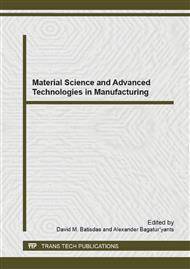p.401
p.406
p.412
p.419
p.427
p.432
p.437
p.441
p.447
Thermal Stress Compensation of MgO Concrete in Construction of High Arch Dams in Cold Areas
Abstract:
When mixed with the admixture MgO, the volume contraction deformation of mass concrete could be compensated, which is an effective way to solve the temperature cracking problems in construction of concrete projects. Taking an arch dam in China as an example, the thermal stress compensation characteristics of MgO concrete in cold areas are studied using the finite element method. Results indicate that the stress compensation of MgO concrete is significant inside the dam, and with a better effect along with a larger mixing amount of MgO in a certain range. But on the surface of the dam, the stress compensation of MgO concrete is not significant.
Info:
Periodical:
Pages:
427-431
Citation:
Online since:
January 2014
Authors:
Price:
Сopyright:
© 2014 Trans Tech Publications Ltd. All Rights Reserved
Share:
Citation:


